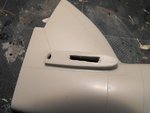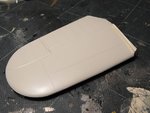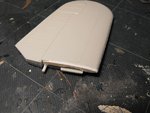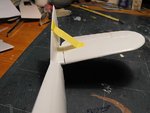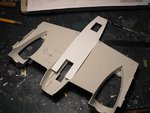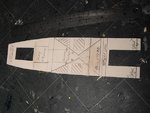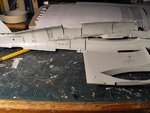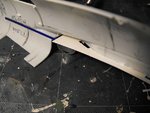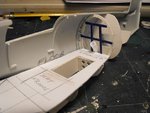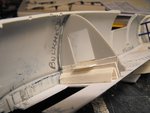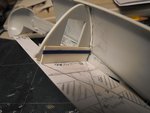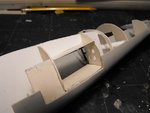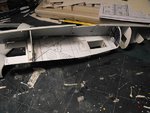Heinz
Captain
Great stuff Terry!
In regards to your knife you are using what type is it exactly? I'm curious to try some of this 'modding' lark in my models but my craft knifes are a bit iffy for precise cuts.
Cheers.
In regards to your knife you are using what type is it exactly? I'm curious to try some of this 'modding' lark in my models but my craft knifes are a bit iffy for precise cuts.
Cheers.

